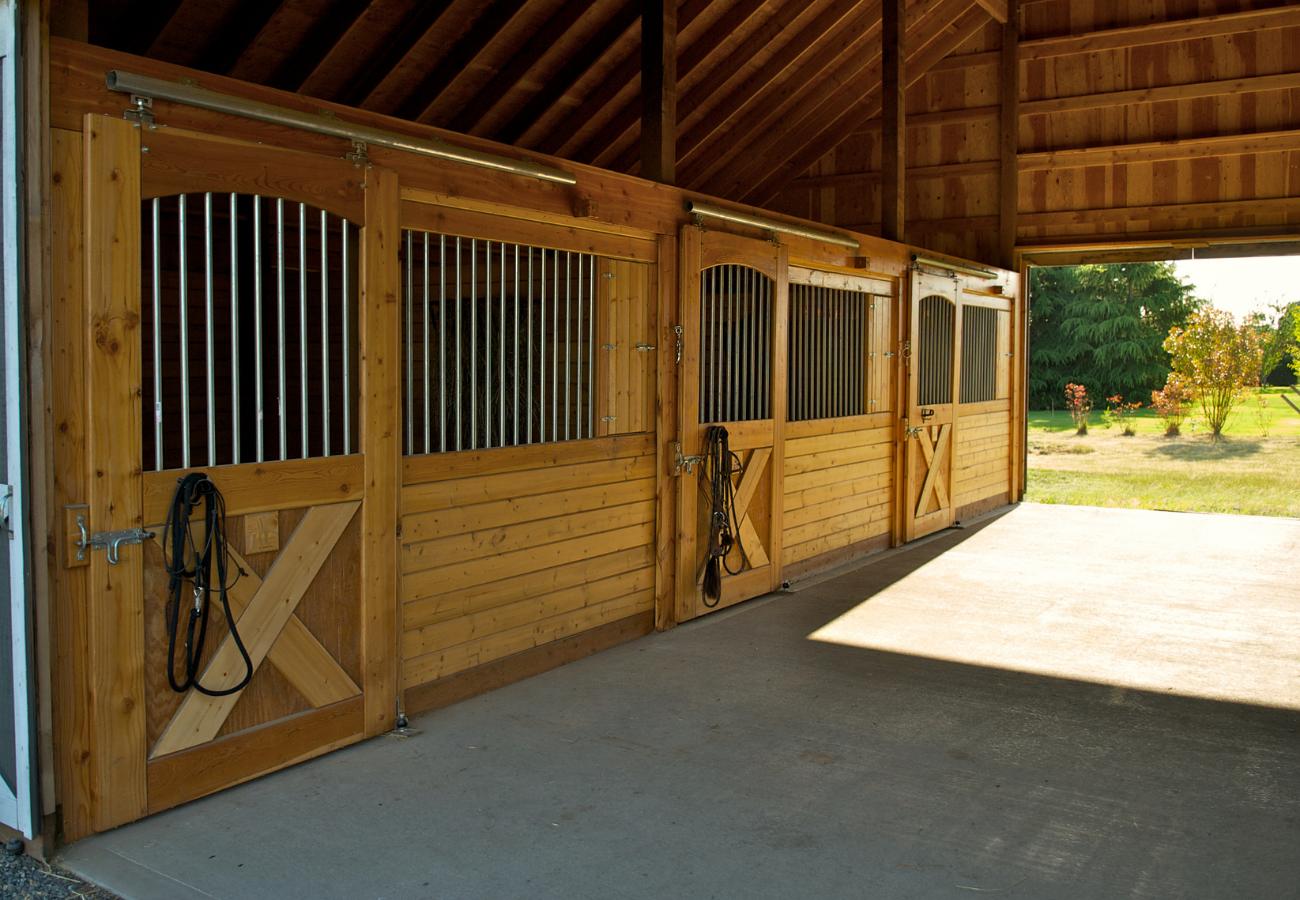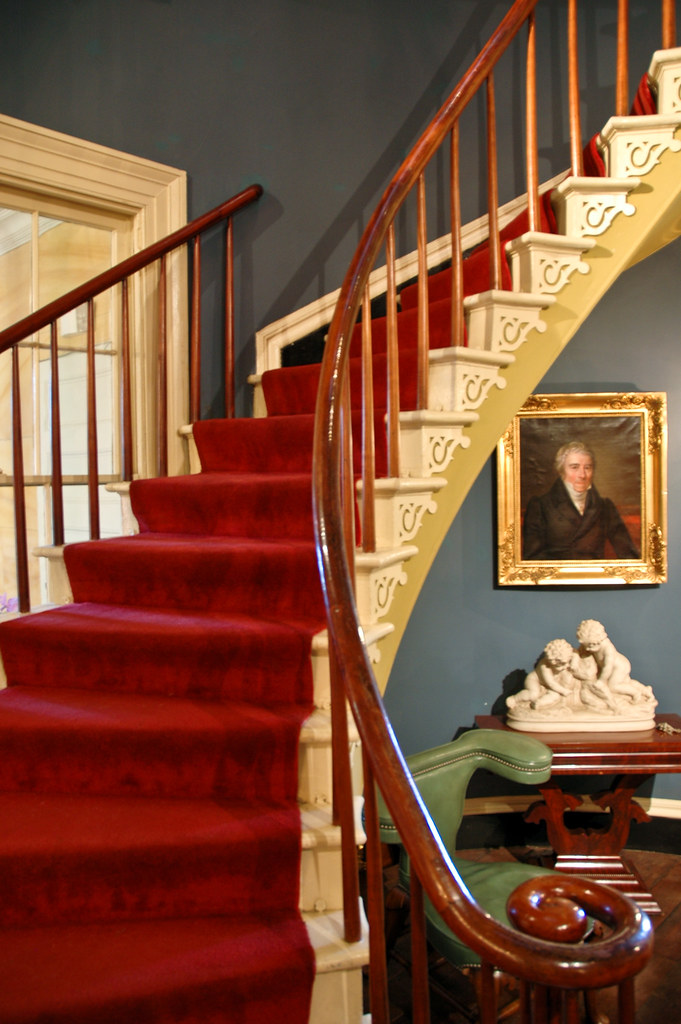Horse owners need easy access to their horses for feeding, bathing, grooming and care. They also want to be able to keep tack and supplies close at hand.
A full wall height helps prevent horses from chewing and gnawing wood surfaces, and is less likely to be injured by rearing or clambering equines.
Feeding
Having the right equipment for feeding and grooming is important to keep horses healthy and comfortable. Stalls need to have adequate access and a space for a feed bin, water bucket, hay rack and tack room.
Horse stalls should be built of solid material that is easy to clean. Wood is a good choice, though it needs to be coated with a non-toxic sealant for portable horse stalls. Otherwise, it can rot and become unsanitary if the coating deteriorates. Steel is another option for stall walls, which offers greater strength and durability. However, it can be expensive.
Adding windows to the stall design is a great way to increase natural light and ventilation. Windows should be out of reach to avoid injury, but they should also be covered by a grill or mesh to prevent animals from chewing on them.
The floor of a stall is very important for the health and comfort of the horses that inhabit it. A hard concrete surface is not ideal, as it can be cold and cause joint pain in the horses. A softer, rubber matted floor is an alternative that offers shock absorption and comfort.
Turnout
If your horse is confined to a stall most of the time it’s important that you can give him or her a thorough examination and grooming. A well-lit stable is critical to accomplishing these tasks.
Good lighting is also essential for stall cleaning, and to prevent shadows that hinder observation and care. Electric lights can supplement natural light, but it is important that they are either high enough to be out of reach or that they are mounted in a way that will prevent critters from chewing on them.
Stall partition walls must be strong enough to stand up to the force of a rearing or clambering horse, and they should be sheathed in wood that is durable and easy to clean. Wood is also a better option for stall walls than aluminum, which is not resistant to repeated impacts from kicking and pulling.
The ideal stall will include a window that opens for each stall, and a fan to enhance air exchange. These fans can be programmed to react to temperature and humidity automatically, or they can be managed manually. It’s also important that stalls have adequate storage space to allow horses to store bedding and hay out of the weather. This helps prevent the build-up of fire hazards as a result of hay spontaneously combusting or becoming infested with critters.
Grooming
Horses need to be groomed regularly to keep them healthy, clean, and comfortable. A stall provides easy access to wash, brush, and groom an animal without having to dash out into the paddock where they may have other ideas about how they want to spend their day.
Stall walls can be made of a variety of materials, such as kiln-dried tongue and groove lumber, wood boards, or steel wire mesh. Stalls can also include dividers to separate mare and foal, stallion, and other horses. If the stalls are to have a solid floor, consider installing drains and a concrete floor that is easier to clean, disinfect, and hose down. A stall with an interior wash stall can be especially useful for a sick or injured horse.
A stall door can be a full swing or sliding and must have adequate hardware to prevent them from being opened too far, as well as heavy-duty hinges to prevent sagging over time. The door should also allow for a sufficient amount of aisle workspace so the animal can not get its feet or legs stuck when it is pawing, leaning on, or kicking at the doors.
A stall may also have a light for observation and security, a hayrack, eye rings for hanging buckets for water and feed, and tie rings. Electrical fixtures should be housed in metal or plastic conduit, rather than bare wire, to protect against rodent chewing that creates a fire hazard.
Storage
Horse stalls offer storage space for food, supplies, bedding, and equipment. This prevents clutter and minimizes trips back and forth to the tack room. It also prevents items from being tossed around the barn or kicked against by horses during feeding, grooming, and tacking.
Properly sized stalls provide ample space for horses to move without crowding. In addition, eave and ridge vents, along with window that open for each stall, enhance fresh air circulation. Storing hay or other feed in the stalls is not recommended since this increases dust and allergens which can inhibit breathing.
Stall partition walls should be strong enough to withstand heavy impact from horse’s kicks and rearing, and should be constructed of material that will not splinter or crack under pressure. Aluminum is a common choice for stall wall construction, but it’s important to understand that this lightweight material can bend, shift or break under stress. Wood is a more stable material that can withstand resistance, but may need to be coated with non-toxic, non-slip paint or sealant for durability.
The stall front should be either solid or have a grilled front to reduce the likelihood of a horse rearing and kicking at it during feeding. A full-height door may also be needed if some horses need to be kept isolated from other horses for their health and safety.










